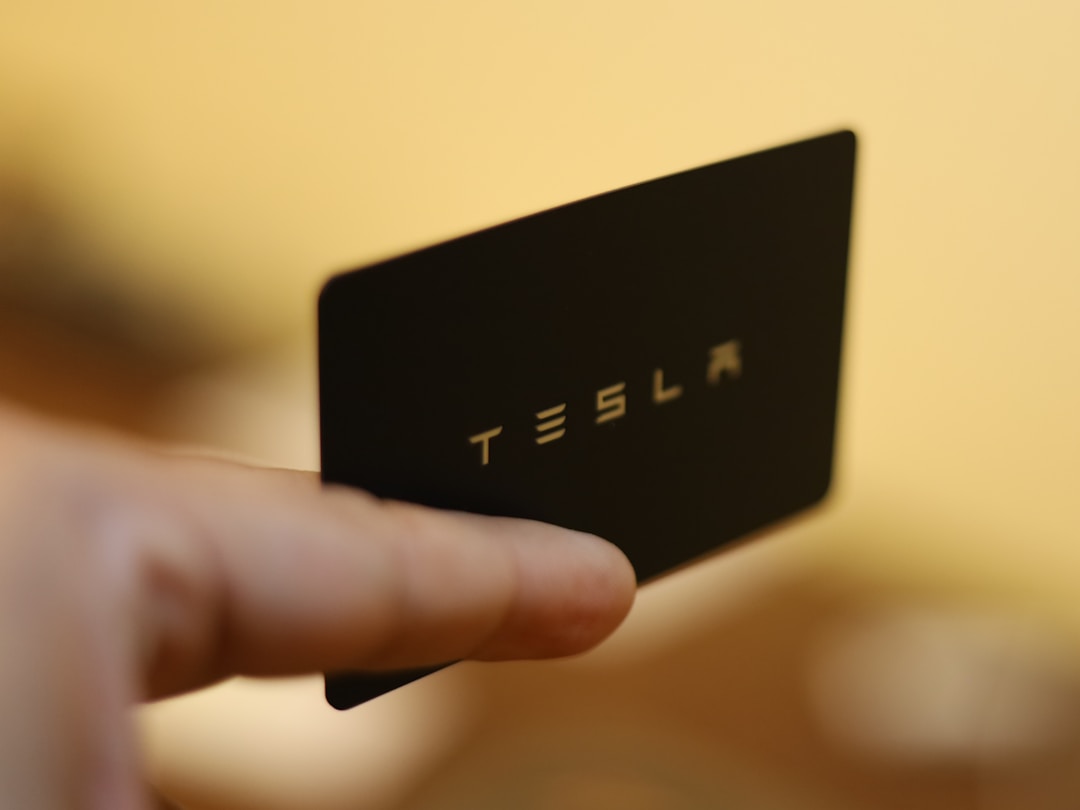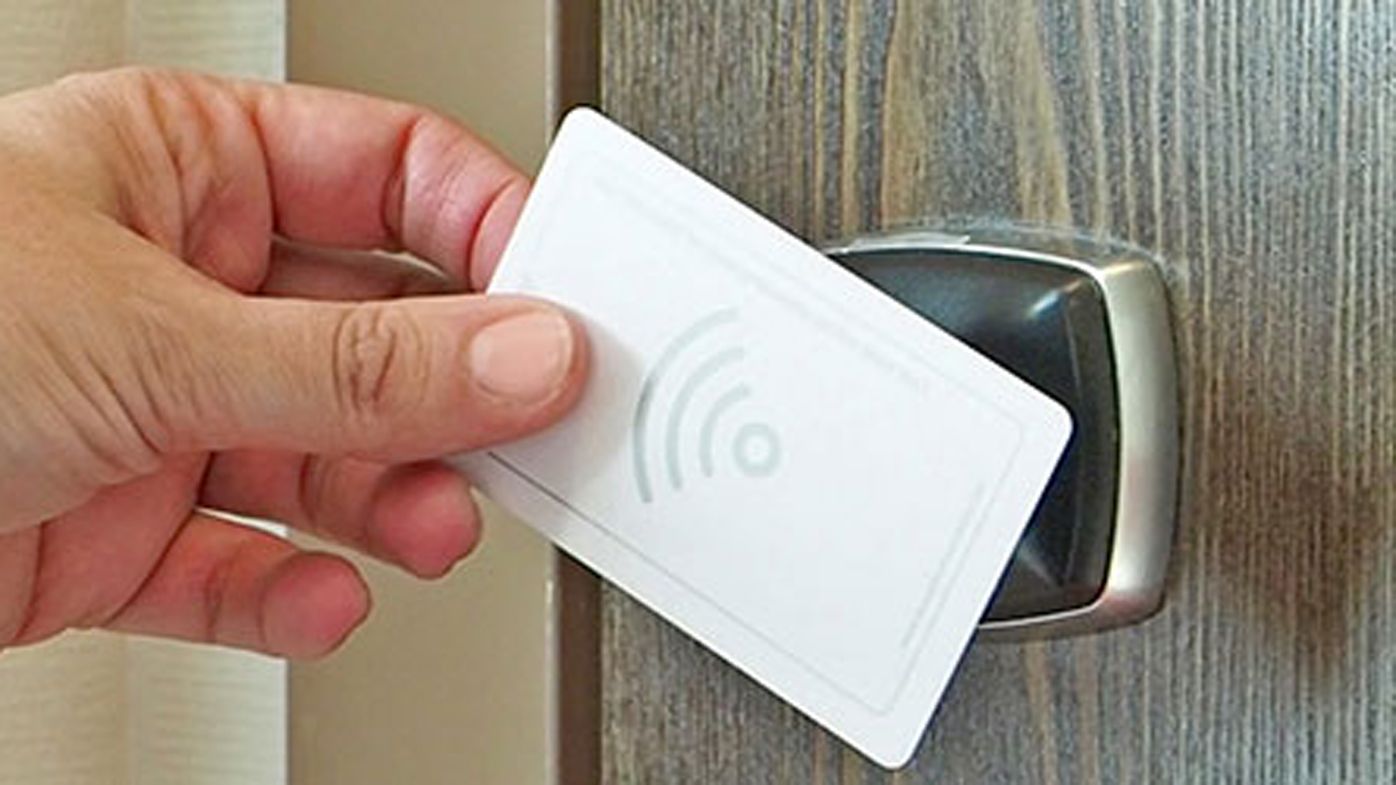There are a significant number of advantages that come with card keys. A new key card system’s simplicity and sensor reliability make it a favorable option compared to physical keys. Although this ease of use may come with specific vulnerabilities, the pros far outweigh the cons. Generally, not many are familiar with the workings of a durable key card entry system. This comprehensive guide delves into common types of key cards and how they function.
How Key Cards Work

You’ll need a security token before you gain entry into any office building or new home enabled by the key fob system. This token can be a plastic key card that works when it comes in contact with the sensitive areas of your electronic door lock. In the plastic card is a microchip that stores mobile credentials and a magnetic stripe that enables the transmissions of these credentials.
The magnetic field in the door’s sensors captures the signals from the card. An access door reader receives the signals and uses a scanner to search its database for a positive match to your card. If the card reader detects an authorized entry, the door remains locked for a couple of hours.
The system can also misread a genuine card during power outages or electrical faults. In enlisting a technician for your repairs, note that key card doors of private properties and commercial office spaces have very breakable components. The same way your key card door system setup needed a professional installer, it pays to have an experienced electrician for all electric repair needs.
Let’s say you’re looking for the best Albuquerque electricians, a qualified electrician with years of experience in the Albuquerque area is the best way to go. For an excellent job, look for professionals who get the job done in a timely manner with great customer service.
Types of key Card Entry Systems

Even though all door access control systems work similarly, different companies may go the extra mile to leverage different technology. Larger organizations, for instance, may prefer advanced technology with more security control. And what works best in a parking garage might not cut it for a business owner. There are about four different types of key card door entry systems.
Wiegand Card
The first time a key card was used in the world was somewhere in 1970. It was made of vanadium wires named after its inventor John R Wiegand. This card uses a unique technology dubbed the Wiegand protocol. It follows a discovery that enables the Wiegand wire to switch polarity in a strong magnetic field.
These wires store binary data in magnetic polarity. Out of this data, they can generate a unique Wiegand number that enables authentication in each Wiegand reader. Today the Wiegand protocol has become the standard interface for connecting readers, scanners, and controllers in all the different types of credentials.
Swipe Cards
A swipe card uses the same technology as a credit card. When a magnetic stripe card is swiped, it transfers information across a magnetic door access reader. After swiping, the magnets create voltages and convert them into binary credentials to be read by a key card door lock system. Unlike Wiegand cards, swipe cards are not permanently encoded. It avoids the wear-and-tear drawback of magnetic fields, resulting in the loss of a user’s credentials.
Prox Cards (RFID)
RFID keycards use radio-frequency identification to transmit data to an RFID reader. With prox cards, manufacturers may use their standards. So, there are no compatibility indicators in prox card manufacturing. The manufacturing differences may expose RFID systems to hackers and several other vulnerabilities.
Smart Cards (High-Frequency RFID cards)
While prox cards use low frequency to transmit data, smart cards require a high-frequency option like the NFC technology in contactless payment systems. A smart card comes with a higher storage capacity, data encryption, and security features.

